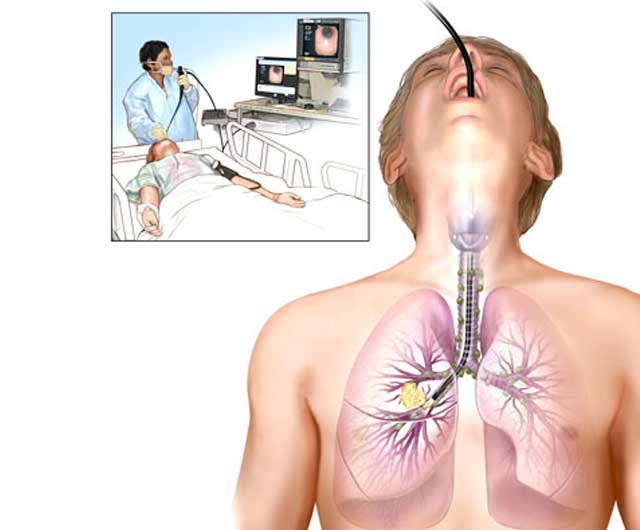abhijit.telkhade90@gmail.com
+91 7773950110
Sat - Thu: 8:00 am - 7:00 pm
Bronchoscopy is a procedure that allows a health care provider to look at your lungs. It uses a thin, lighted tube called a bronchoscope. The tube is put through the mouth or nose and moved down the throat and into the airways. It helps diagnose and treat certain lung diseases.
Bronchoalveolar lavage (BAL) is a procedure that is sometimes done during a bronchoscopy. It is also called bronchoalveolar washing. BAL is used to collect a sample from the lungs for testing. During the procedure, a saline solution is put through the bronchoscope to wash the airways and capture a fluid sample.
Bronchoscopy and BAL are often done by a pulmonologist. A pulmonologist is a doctor who specializes in diagnosing and treating lung diseases.
A bronchoscopy usually includes the following steps:
